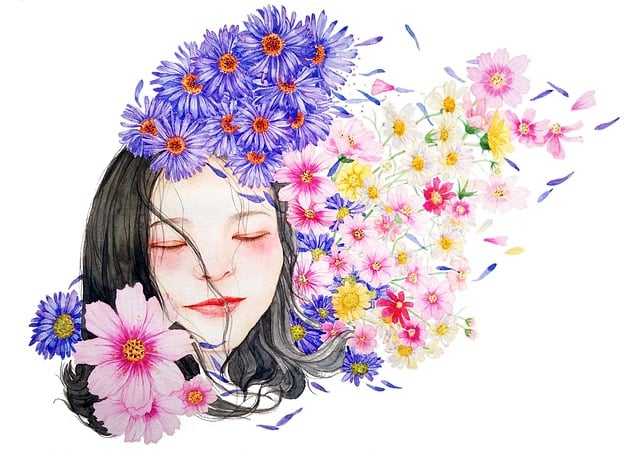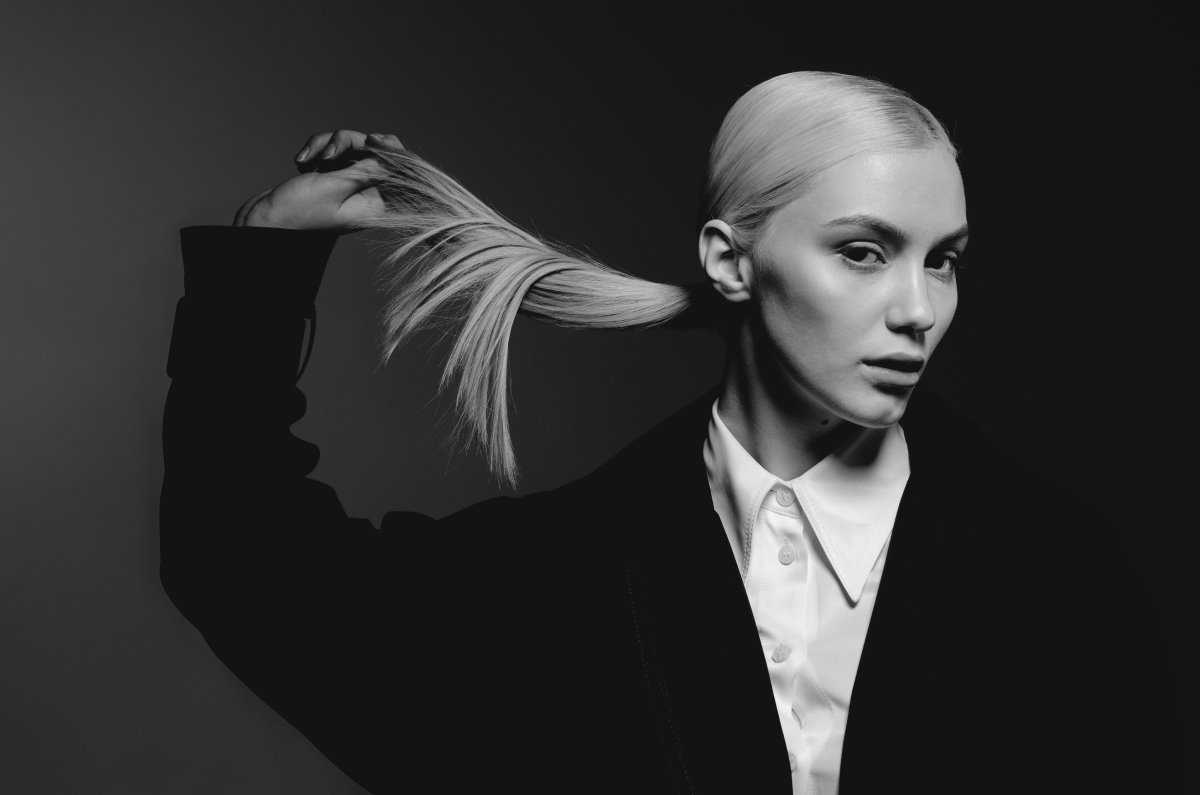Table of Contents
- Mastering the Art of Portrait Painting Techniques
- Exploring the Iconic Styles in Portrait Art History
- Choosing the Perfect Medium for Your Portrait
- Essential Tips for Capturing Emotion in Portraits
- Q&A
- In Conclusion
Mastering the Art of Portrait Painting Techniques
Delving into the world of creating lifelike portraits is an endeavor that requires both skill and a keen eye for detail. One foundational technique involves understanding the play of light and shadow. Chiaroscuro, a method mastered by the likes of Caravaggio, helps in creating depth in a flat medium. By applying strong contrasts between light and dark areas, artists can simulate the three-dimensional feel, prompting the subject to leap from the canvas. When planning your next portrait, consider how you can harness this contrast to bring out the best features of your subject.
Another critical aspect to focus on is the composition. Good composition involves more than just placing your subject in the center of the canvas. Consider the rule of thirds, where the canvas is divided into thirds, both horizontally and vertically. Place key elements of the portrait along these lines or at their intersections to create balance and interest. Additionally, the background should be selected thoughtfully—neither overpowering nor dull—enhancing the main subject subtly. This technique underscores the narrative you aim to convey through your work.
- Layering: Gradually build up texture and color by using thin layers of paint.
- Glazing: Apply a thin, transparent layer of paint to create luminosity.
- Dry brushing: Employ this method for creating softness in hair and clothing.
For those aiming to blend modern with classic, consider integrating technology into your creative process. Using digital mock-ups can help you visualize the final outcome before touching brush to canvas. This pre-visualization is invaluable in assessing the color palette, composition, and even the mood of the portrait. Technology serves as a springboard for experimentation, offering tools to adjust and refine techniques before committing to traditional media. By merging digital tools with traditional techniques, artists can expand their creative horizons and perfect their craft.
| Technique | Benefit |
|---|---|
| Sfumato | Creates soft transitions between colors |
| Impasto | Adds texture and dramatic effect |
| Scumbling | Provides luminosity and depth |


Exploring the Iconic Styles in Portrait Art History
From the Renaissance masters to the bold strokes of modern-day artists, portrait art has continuously evolved, offering a window into the changing styles and techniques over the centuries. The meticulous detail of Renaissance portraits conveyed both a likeness and an idealism that immortalized subjects within opulent settings. Leonardo da Vinci’s “Mona Lisa,” with her enigmatic smile and intricate background, stands as a testament to this era’s obsession with humanism and proportion.
The Baroque period introduced a dramatic flair to portraiture, emphasizing the use of strong contrast and dynamic compositions. Artists like Caravaggio employed chiaroscuro to bring an emotional intensity to their works, often focusing on figures illuminated by a single light source. This dramatic play of light and shadow aimed to capture not just the likeness of the sitter, but the very essence of their character.
- Mannerism: Stylized elegance, elongated figures, and vibrant colors.
- Rococo: Lightness, grace, and pastel tones creating a whimsical atmosphere.
- Impressionism: Quick brushstrokes, focus on light and color over detail.
The turn of the 20th century saw artists breaking away from tradition to explore new realms of expression. Cubism, pioneered by artists like Picasso, shattered conventional perspectives, offering fragmented views of the subject that challenged viewers to see beyond the surface. Expressionism, on the other hand, used exaggerated colors and forms to evoke emotions, emphasizing inner experiences rather than external reality.
| Style | Key Features |
|---|---|
| Renaissance | Realism, symmetry, religious themes |
| Baroque | Emotion, chiaroscuro, movement |
| Modernism | Abstract forms, bold colors, varied techniques |


Choosing the Perfect Medium for Your Portrait
When considering a portrait, the choice of medium can bring out unique qualities in each piece. Oil paint, notable for its rich texture and vibrant color, is a timeless choice that allows for deep expression and durability. Artists have favored oil for centuries due to its ability to capture light, detail, and emotion remarkably well. This medium is perfect for those wishing to invest in a portrait with a classic and enduring appeal, but it requires longer drying times and an environment where the painting can be preserved over time.
For those who enjoy a lighter feel, watercolor is an elegant option. With its ethereal quality, watercolor offers a delicate balance of translucence and softness. This medium is known for creating gentle, flowing images full of life and movement. Watercolor is great for subjects that benefit from an impressionistic style, where the focus is on capturing the fleeting essence rather than intricate detail. Its relatively quick drying time and ease of use make it accessible to artists, though achieving mastery in watercolor requires skill and patience.
Acrylic paints combine the best of both worlds by offering versatility and a range of effects. They dry quickly and can mimic the properties of both watercolor and oil, making them an excellent choice for modern and experimental art styles. Acrylics allow for creative expression as they can be diluted with water for a more translucent look or layered for a bold, textured finish. Their adaptability and ease of use provide a robust platform for artists experimenting with new techniques or textures.
Deciding on the right medium for your portrait not only depends on personal taste but also on practicality and intended ambiance. Here is a quick overview to help guide your decision:
| Medium | Ideal For | Considerations |
|---|---|---|
| Oil | Classic and elaborate pieces | Long drying time |
| Watercolor | Light, expressive subjects | Requires skill, delicate handling |
| Acrylic | Versatile and experimental art | Fast drying speed |


Essential Tips for Capturing Emotion in Portraits
In the art of portraiture, the ability to convey emotion is paramount. A compelling portrait can speak volumes, capturing the essence of its subject in a way that transcends the visual medium. To achieve a dramatic portrayal of emotion, understanding and manipulating light is key. Light and shadows can define contours and draw attention to specific features, such as the eyes or mouth, where emotion is most vividly expressed. Experiment with different light sources and angles to see how they affect the mood and atmosphere of your paintings.
The eyes are often referred to as the windows to the soul, and in portraiture, they play a vital role in expressing emotion. Capturing the subtle nuances within the eyes, such as a glimmer of light or a barely-there tear, can add depth to your work. Paying attention to the direction of the gaze, whether it is directed at the viewer or looking away, can also influence the emotional impact of the portrait significantly. Practicing the delicate art of eye detail can elevate a painting from mere likeness to a profound narrative.
- Texture Exploration: Utilize brushstrokes and colors to create texture that conveys the subject’s emotional state.
- Background Harmony: Select a background that complements or contrasts the subject’s mood, enhancing the emotional undertone.
- Gestural Expression: Highlight hands or body posture to communicate unspoken emotion.
| Technique | Impact |
|---|---|
| Chiaroscuro | Heightens drama through stark contrasts. |
| Soft Gradients | Conveys subtle, serene emotions. |
Color choices also critically define the emotional texture of a portrait. Warm colors like reds, oranges, and yellows tend to evoke passion, energy, and warmth, whereas cool colors such as blues and greens often instill a sense of calm, sadness, or introspection. Mixing different shades and layering paint can transform the emotional tone, creating a dynamic interplay that draws viewers into the subject’s experience. Observe the skin tones and blend them harmoniously with the background to ensure the viewer’s focus remains on the emotional core of the painting.
